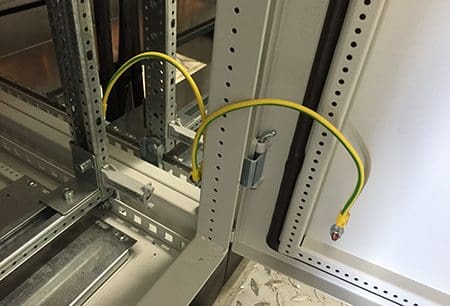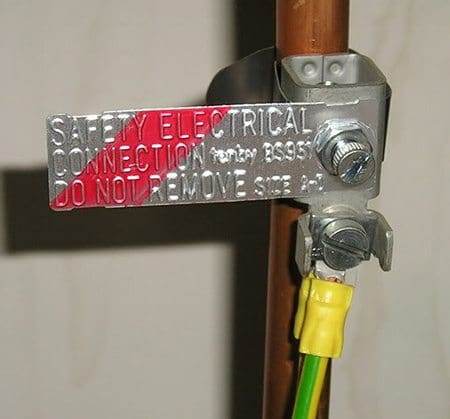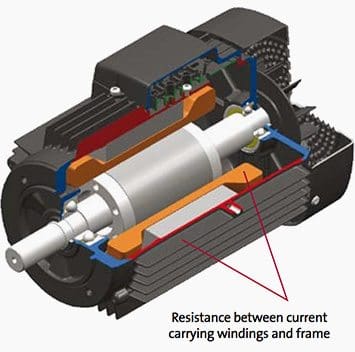Testing of electrical installations
This is the simple list of basic terms you can often hear when testing and measurements of electrical installation (in general) is being performed. While expirienced electrical engineers will find this list short, I hope beginners will catch the essence and continue exploring this field of electrical engineering.Feel free to suggest me an expression (along with description) you think it should be listed, it will be my pleasure to add it to the list and to move away from number 13
Ok, so here is the list:
- Active accessible conductive part
- Passive accessible conductive part
- Electric shock
- Earthing electrode
- Nominal voltage
- Fault voltage
- Contact voltage
- Limit Contact voltage
- Nominal load current
- Nominal installation current
- Fault current
- Leakage current
- Short-circuit current
1. Active accessible conductive part
Active accessible conductive part is the conductive part of an electrical installation or appliance such as the housing, part of a housing etc. which can be touched by a human body. Such an accessible part is free of mains voltage except under fault conditions.
2. Passive accessible conductive part
Passive accessible conductive part is an accessible conductive part, which is not a part of an electrical installation or appliance, like:- Heating system pipes,
- Water pipes,
- Metal parts of air condition system,
- Metal parts of building framework
- etc.



